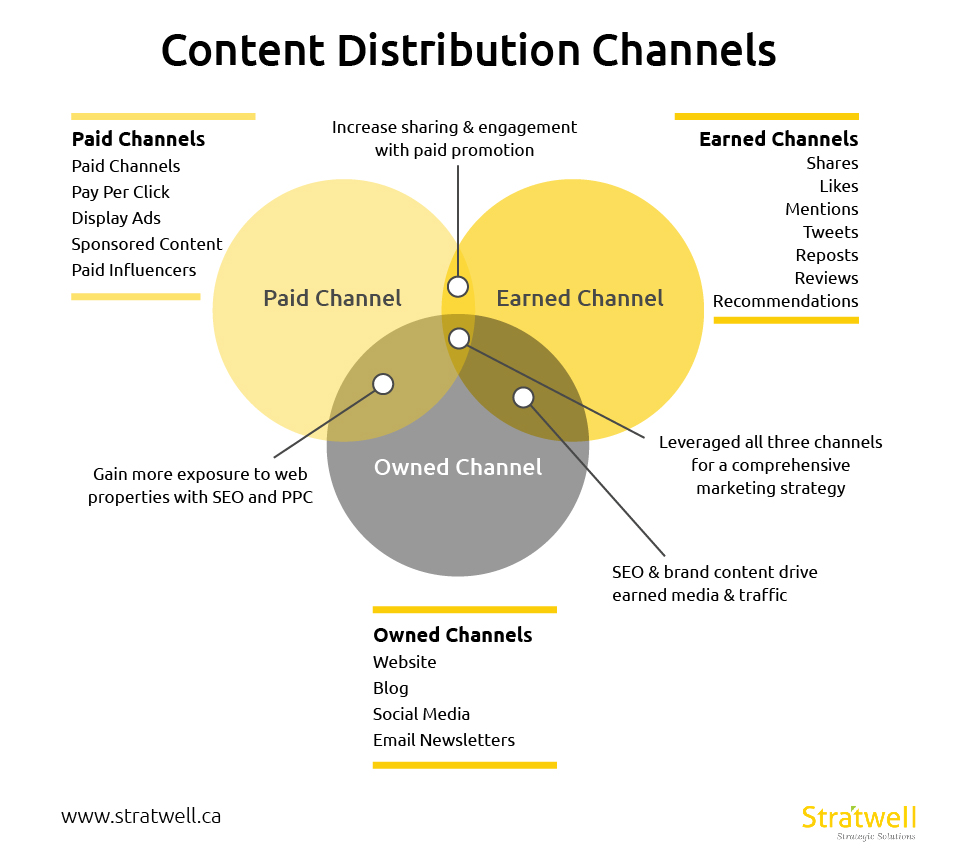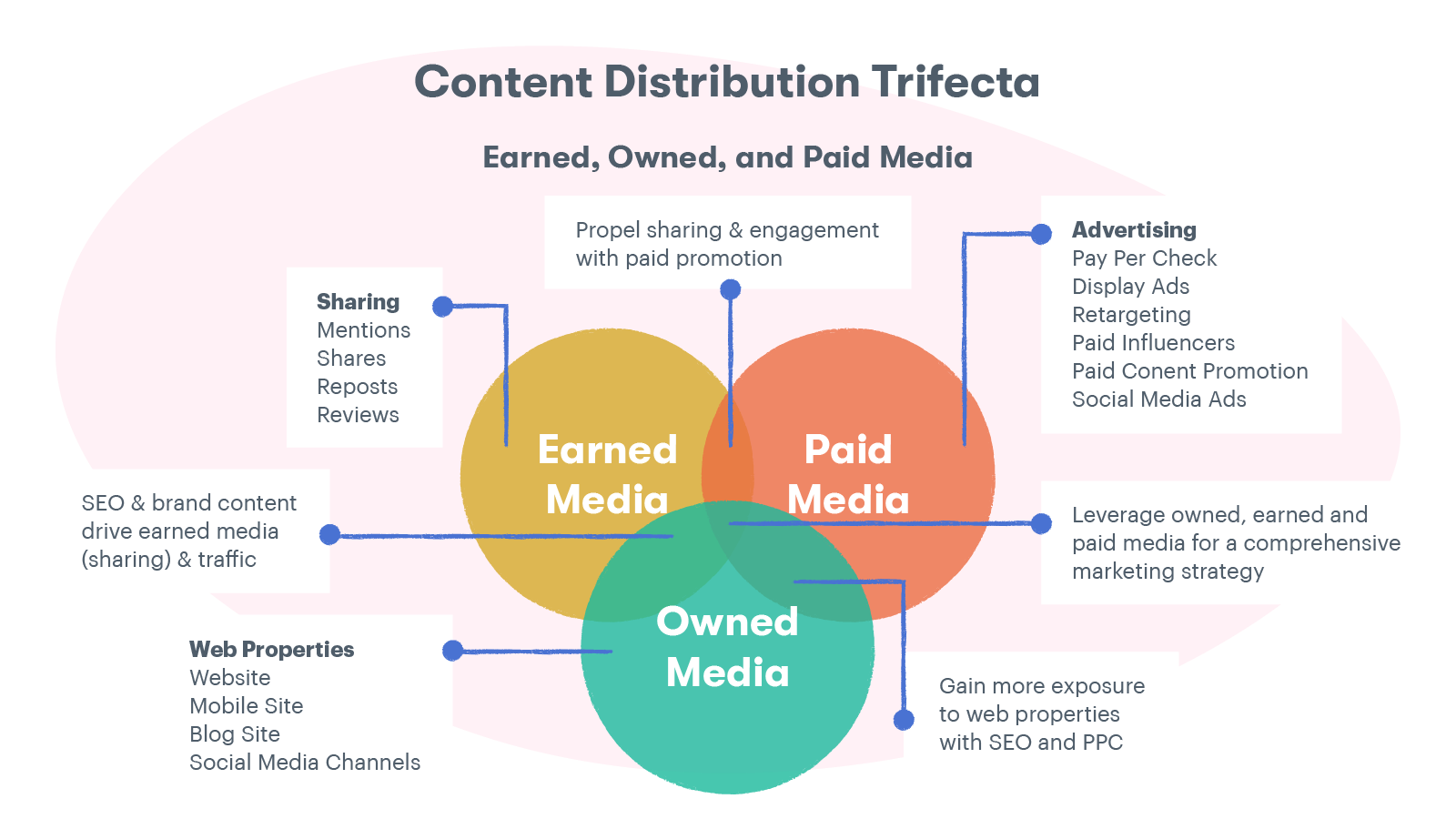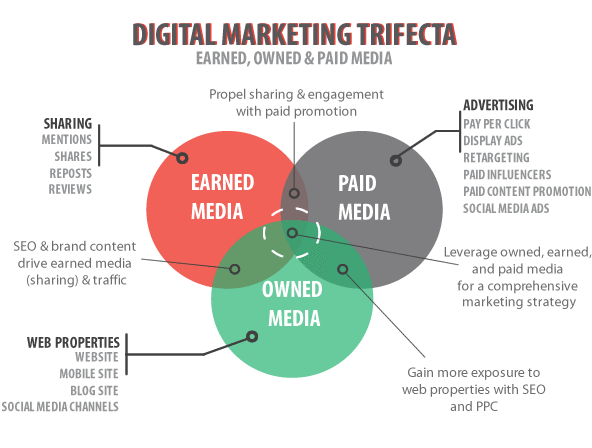What Are the Best Content Distribution Channels for My Website in 2024?
What Are the Best Content Distribution Channels for My Website in 2024?

Creating great content is only half the battle. If your website isn’t getting traffic, it could be because you’re not using the right content distribution channels. In 2024, the competition for online attention is fiercer than ever, and knowing where to share your content can make all the difference. So, what are the best content distribution channels, and how can you use them to grow your website’s audience? Let’s dive in.
The Challenge: Why Content Distribution Matters More Than Ever
It’s not enough to just write an amazing blog post or create stunning visuals. Without a clear content distribution strategy, your efforts will likely go unnoticed. The digital landscape is oversaturated, and people are bombarded with content from all directions. To break through the noise, you need to put your content in front of the right people at the right time, on the right platforms.
But here’s the problem: many businesses are still relying on outdated distribution methods or only focusing on one or two channels. In 2024, you need to be more strategic and leverage a combination of channels to maximize your reach. So, what are the most effective channels to focus on?

1. Social Media: Targeted Reach Through Multiple Platforms
Social media is still one of the top content distribution channels, but it’s constantly evolving. What worked on Facebook two years ago might not work today, and newer platforms like TikTok or Threads are now dominating the attention game. The key is to pick the platforms where your audience spends the most time and adapt your content to fit each one.
Key Platforms:
- Instagram: Perfect for visual content, behind-the-scenes stories, and reels that engage your audience.
- LinkedIn: Ideal for B2B marketing, thought leadership, and professional connections.
- Twitter/X: Great for real-time updates, trending topics, and interacting directly with your audience.
- TikTok: The go-to platform for short, engaging videos and reaching a younger demographic.
Tip: Don’t spread yourself too thin. Focus on 2-3 platforms that align best with your brand and audience. Tailor your content for each one, because what works on Instagram may not work on LinkedIn.
2. Email Marketing: Building a Loyal Audience
Despite the rise of social media, email marketing remains one of the most effective content distribution channels. In fact, it’s often cited as one of the highest-ROI marketing tools. Why? Because people on your email list have already shown interest in your content—they’ve opted in.
Your email list is owned media, meaning you have full control over it, unlike social media platforms where algorithms can limit your reach. Regular newsletters, promotions, and personalized emails can help keep your audience engaged and drive traffic back to your website.
Key Strategies:
- Segmentation: Divide your audience into different segments based on behavior, interests, or demographics, and tailor your messages accordingly.
- Automation: Use tools like Mailchimp or ConvertKit to automate email sequences, from welcome emails to drip campaigns.
- Personalization: Personalized emails have higher open and click-through rates. Use data to tailor content to individual subscribers.
Tip: Make sure you’re offering value in every email. No one likes spam. Regularly audit your email list to ensure you’re keeping your subscribers engaged.
3. SEO (Search Engine Optimization): The Foundation of Long-Term Traffic
SEO is the cornerstone of content distribution. It’s not enough to just write blog posts; you need to optimize them for search engines so they can be found by the right people. With billions of searches happening every day on Google, optimizing your website content for relevant keywords can be a game changer.
Key SEO Strategies:
- Keyword Research: Tools like Ahrefs or SEMrush can help you find the keywords your target audience is searching for. Focus on long-tail keywords with lower competition but high relevance.
- On-Page SEO: Ensure your content is optimized with meta descriptions, title tags, internal links, and alt tags for images.
- Content Clusters: Build topic clusters around main themes to help search engines better understand your site’s structure. This also boosts your authority on certain topics.
Tip: SEO is a long-term game. It might take months to see results, but the traffic it brings is often consistent and highly targeted.
4. Content Syndication: Expand Your Reach
Content syndication involves republishing your content on third-party websites to reach a wider audience. Platforms like Medium, LinkedIn, and Quora allow you to syndicate blog posts or articles, often reaching audiences that you wouldn’t have access to on your own site.
How to Syndicate:
- Medium: You can republish your blog posts on Medium to reach its large, built-in audience.
- LinkedIn Articles: LinkedIn allows you to post long-form content directly on the platform, which is especially useful for B2B companies.
- Quora: Answering relevant questions with valuable insights can drive traffic back to your site.
Tip: When syndicating, always make sure to include a link back to the original article on your website to avoid SEO penalties for duplicate content.
5. Paid Ads: Quick Traffic With a Cost
If you need traffic fast, paid advertising is a great option. Platforms like Google Ads, Facebook Ads, and Instagram Ads allow you to target specific demographics and get your content in front of the right people almost instantly.
Key Ad Platforms:
- Google Ads: Target people searching for specific keywords relevant to your content.
- Facebook/Instagram Ads: Create highly targeted ads based on user demographics, interests, and behaviors.
- LinkedIn Ads: Useful for B2B content distribution and reaching decision-makers.
Tip: Paid ads are great for quick results, but they require careful budget management. Always track your return on investment (ROI) and adjust your strategy as needed.
6. Influencer Marketing: Amplify Your Content’s Reach
In 2024, influencer marketing is more important than ever. By partnering with influencers in your niche, you can leverage their audience and boost your content’s visibility. Whether it’s through blog collaborations, social media shoutouts, or product reviews, influencer marketing can give your content the credibility and reach it needs.
How to Collaborate:
- Micro-Influencers: Don’t just focus on big names. Micro-influencers often have a more engaged audience and can be more affordable.
- Niche Experts: Partner with influencers who align closely with your brand and have a loyal following within your target market.
Tip: Always ensure that the influencer’s audience matches your target demographic to avoid wasting your marketing budget.
Climax: Combining Channels for Maximum Effect
Here’s the truth: no single channel will skyrocket your website traffic overnight. The most successful content distribution strategies in 2024 involve combining multiple channels. Use SEO to drive long-term organic traffic, leverage social media for real-time engagement, and tap into email marketing for nurturing a loyal audience. When done right, these channels work together to create a steady stream of traffic.
Conclusion: It’s Time to Level Up Your Content Distribution
In 2024, content distribution is all about being strategic and multi-faceted. The best content won’t drive traffic unless it’s seen, shared, and consumed on the right platforms. Start by focusing on social media, email, and SEO, and then experiment with paid ads and influencer collaborations to amplify your reach.

Want more insights on content marketing? Subscribe to our blog for regular updates.
comments powered by Disqus